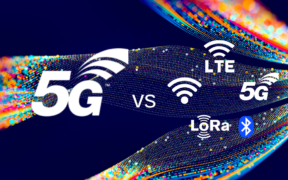Category: CBRS

Wireless networks, especially LTE and 5G, play a pivotal role in our increasingly connected world. Efficient surveying and testing of these networks is essential for optimal performance and reliability. This article explores the key benefits, challenges, and strategies for mastering effective wireless network surveying, with a focus on simplicity and cost-effectiveness. 1. Why We Survey […]

In today’s digitally driven world, establishing a private network is a strategic move for many enterprises. The demand for seamless, secure, and reliable connectivity has led organizations to explore the benefits of owning and controlling their network infrastructure. This comprehensive guide will take you through the process of building a private network, emphasizing the significance […]

In the ever-evolving landscape of connectivity solutions, enterprises face a pivotal decision – whether to embrace the promise of 5G or deploy a blend of multiple network technologies. While the allure of a 5G-centric future is undeniable, practical considerations and real-world complexities necessitate a more nuanced approach. This article delves into the key factors that […]
